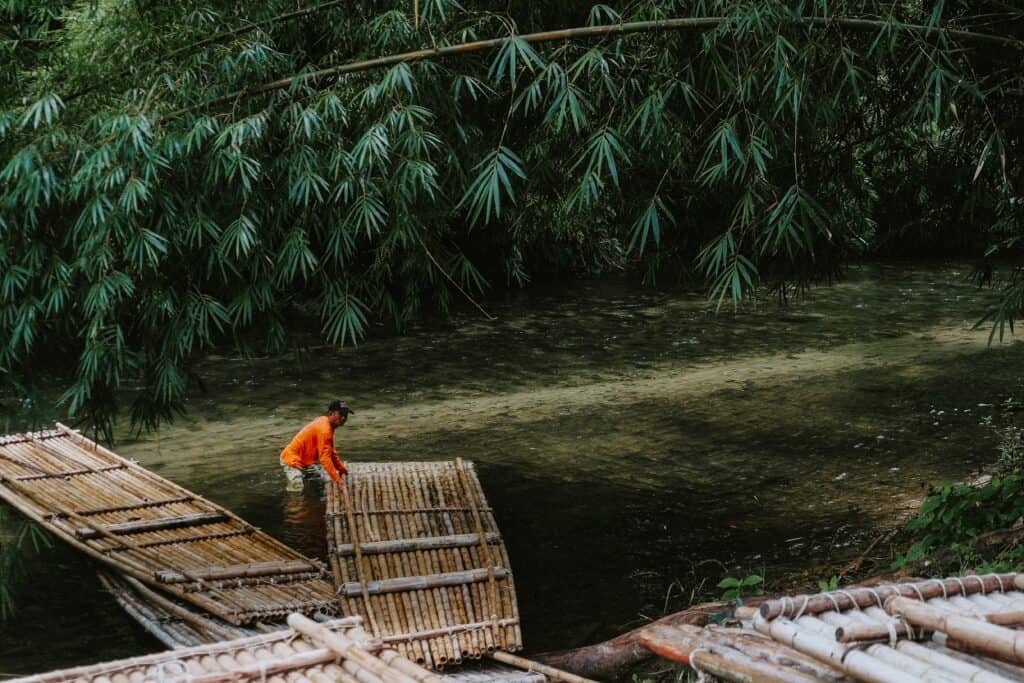[ad_1]
Bamboo is often heralded as a sustainable and eco-friendly material, but is it? This question has many layers of complexity, and to answer it correctly, we need to look at the entire supply chain.
In this post, I’ll explore the various aspects of bamboo sustainability and try to answer the question once and for all: is bamboo eco-friendly?
What is bamboo?
Bamboo is a type of grass native to tropical and subtropical regions around the world. It’s one of the fastest-growing plants globally, capable of growing up to 4 feet per day.
There are over 1,000 types of bamboo. People have been using bamboo for centuries for different reasons, such as construction, food, and medicine.
Bamboo is considered a highly sustainable resource due to its rapid growth rate and ability to regenerate after being harvested. It’s also resistant to pests and diseases (remember this point), making it an ideal material for eco-friendly buildings.
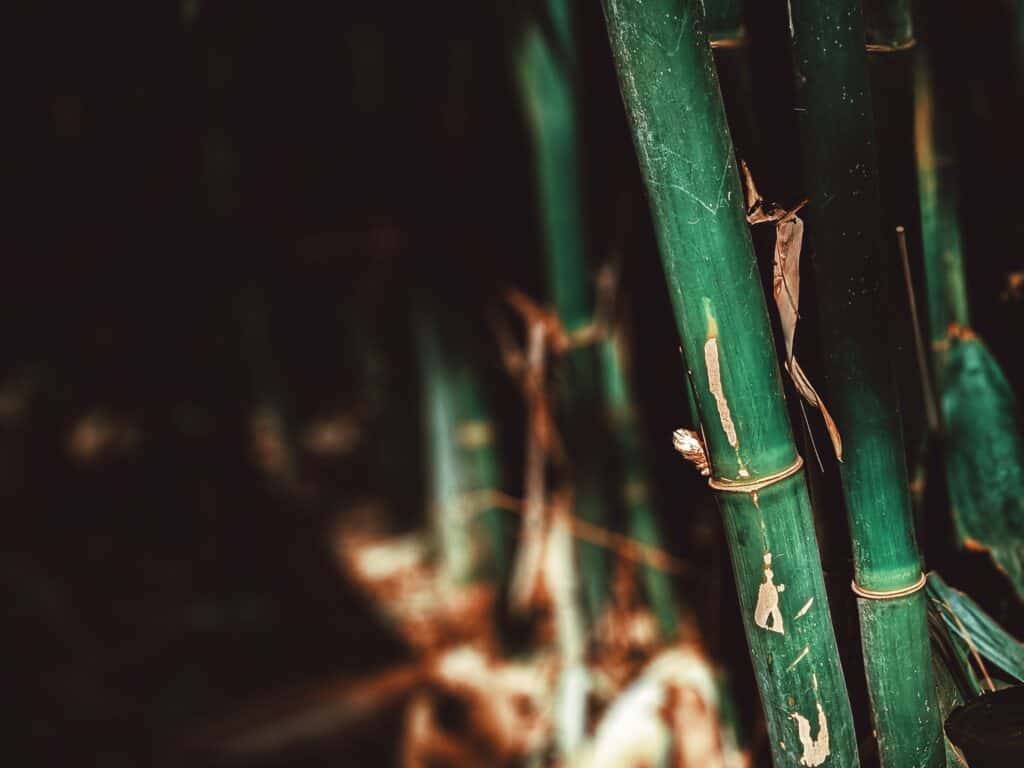

How large is the bamboo industry?
Bamboo can be used to create everything from furniture, fuel, clothing, decor, medicine, baby products, cutlery, jewellery, food, and even bike frames.
But bamboo isn’t just a trendy material—it also plays a critical role in infrastructure around the world. It’s estimated that over a billion people live in bamboo homes, making it one of the most widely used building materials.
The plant grows extensively in China, the world’s leading producer of bamboo with over 35 million people employed in the industry, followed by Vietnam and Thailand.
In 2020, the global bamboo market was valued at USD 53.28 billion and is expected to compound at an annual growth rate of 5.7% from 2021 to 2028 (source).
Arguments for why bamboo is eco-friendly
To be sustainable, a product must:
- Be made from renewable materials,
- Be durable and long-lasting, and
- Be recyclable or compostable.
It should also have a minimal impact on the environment throughout its entire life cycle, from production to disposal – a pretty tall order for any resource.
How does bamboo stack up? Below are 6 reasons bamboo is a green choice.
1. Bamboo is a renewable resource
As I mentioned before, bamboo is one of the fastest-growing plants globally, making it a renewable resource.
Bamboo grows like weeds and reaches full maturity in just 3 to 5 years. Compare that to hardwoods like oak, which can take over 20 years to mature.
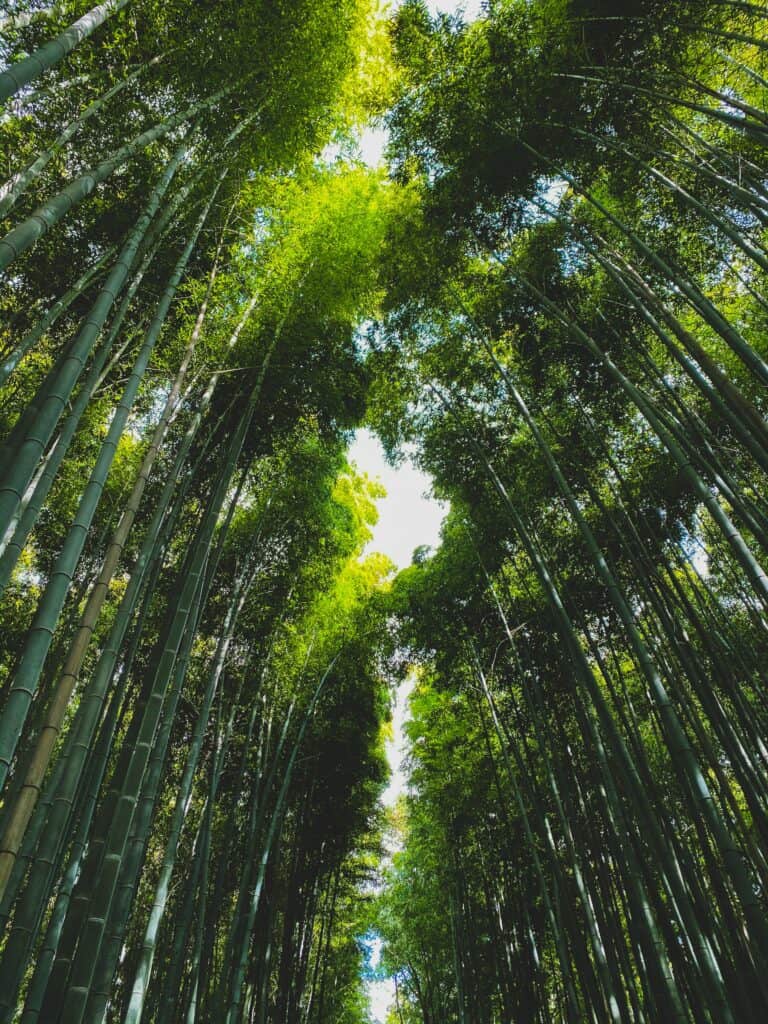

Bamboo also doesn’t require replanting after harvesting since it regenerates from its root system. This means there’s no need to clear new land for cultivation, which reduces deforestation and soil erosion. Well, in theory anyway.
2. Bamboo efficiently cleans the air
Bamboo groves release 35% more oxygen than most tree species and can absorb up to 12% of atmospheric carbon dioxide (source).
3. Bamboo is durable and long-lasting
One of the most important qualities of a sustainable product is durability. If a product can’t withstand wear and tear, it’ll end up in a landfill long before its time.
Bamboo is one of the most robust materials on the planet and has been used for centuries in everything from bridges to scaffolding. It’s also termite resistant, making it a more durable choice than many wood products.
4. Bamboo is recyclable and compostable
When natural bamboo reaches the end of its life, it can be recycled or composted. This is another critical factor in determining the sustainability of a product. If it can’t be reused or repurposed, it’ll eventually end up in a landfill.
5. Bamboo can grow in unique situations
Bamboo thrives in various climates and soil types, making it one of the most versatile plants in the world. It can even grow in areas where other crops wouldn’t stand a chance, like steep hillsides or wetlands.
This means bamboo can be grown in areas unsuitable for traditional agriculture, which helps preserve valuable ecosystems.
6. Very little waste is created when producing natural bamboo products
All parts of the bamboo plant can be used in some way. The stalks can be used for construction, while the leaves and roots can be used as mulch or animal feed. Even the dust created during processing can be recycled and used as fertiliser.
This is in contrast to many other materials, like plastic or metal, which often have a lot of waste associated with their production.
So bamboo has a lot of qualities that make it a sustainable choice, but there are two sides to the story here.
Arguments for why bamboo isn’t sustainable
1. High bamboo demand promotes mono plantations
As bamboo has a lucrative market value and higher profitability than wood, farmers, especially in China, have been turning forests and fields into bamboo plantations. A report from the 90s showed that China cut down 23% of natural forests for bamboo production (source).
You create a monoculture when you tear down natural forests and wastelands to make a single crop. Monocultures can have a devastating effect on local ecosystems by decreasing biodiversity, soil health, and water quality.
It also creates the perfect conditions for pests and diseases, which can spread rapidly in a mono plantation environment. Bamboo plantations are often sprayed with harmful chemicals to prevent this, despite not naturally needing such treatment.
Read more: Can Vegans Eat Avocados? What You Need To Know
2. Single-use bamboo isn’t as sustainable as it appears
As the world becomes more aware of plastic’s role in environmental pollution, people are looking for eco-friendly alternatives.
Bamboo products, such as plates, bowls, straws and cutlery, have become popular choices. However, Appropedia’s straw analysis suggests that bamboo may not be as environmentally friendly as previously thought.
The report compared the emissions of single-use plastic straws to the emissions from bamboo straws. The results showed that 1 plastic straw weighing in at 0.20 grams emits 1.45 grams of CO2, whereas a reusable bamboo straw weighing 3.8 grams emits 38.87 grams of CO2.
The study also showed that 100% of plastic straws were thrown out after 1 use, whereas the average bamboo straw was kept for 5 years, and 25% were composted.
This means that the bamboo straws would have had to replace at least 27 plastic straws to impact the environment positively.
While bamboo products may be biodegradable, this doesn’t mean they’re automatically eco-friendly. In fact, the manufacturing process of bamboo products can produce a significant amount of greenhouse gas emissions.
It comes back to the fundamentals of low-impact living. Reusing items will always be the most sustainable option regardless of the material.
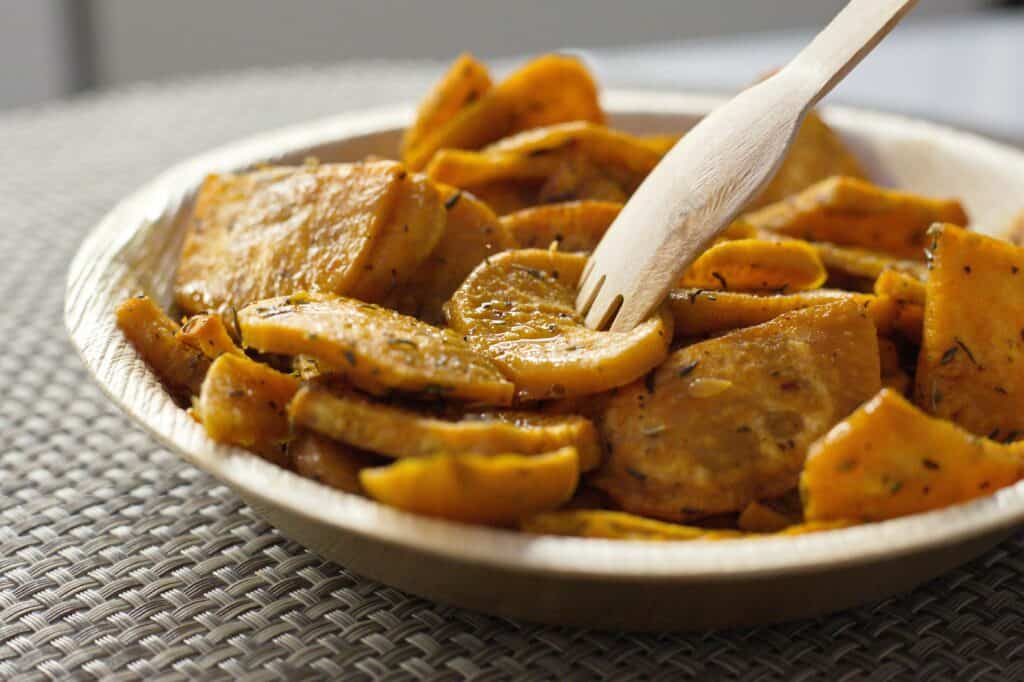

3. Bamboo is often combined with plastic
Many products that claim to be bamboo are made with plastic. A prime example is cups made of bamboo plastic composite (BPC).
At first glance, these cups might seem like a more environmentally-friendly alternative to plastic cups. After all, you’d assume they’re made with bamboo. As it turns out, these cups are mostly made from plastic.
Only a fraction of the cup is bamboo fibre. And when exposed to hot surfaces, these cups can release chemicals that are harmful to your health.
So if you’re looking for an eco-friendly and safe cup to use, stick to one made from 100% bamboo.
Are bamboo products eco-friendly?
Bamboo products are generally considered more eco-friendly than most alternatives. But as bamboo is so versatile; there are different levels of sustainability depending on the item.
For example, bamboo furniture requires little processing, so it’s more sustainable, while bamboo clothing involves a lot of processing—making it less eco-friendly.
In this next section, I’ll briefly review the major bamboo product categories to clarify the environmental impact.
Are bamboo sheets and clothing eco-friendly?
Bamboo fabrics, especially garments, are incredibly smooth and soft. To determine if bamboo textiles are environmentally friendly, you need to understand how they’re made. There are two types of processes: mechanical and chemical.
Mechanical processing
The manufacturing process begins with crushing the pulp from the bamboo plant into mush. This can be done using various methods, but the most common way is to use natural enzymes to break down the plant fibre.
Once the bamboo has been reduced to mush, the fibres are combed through and spun into yarn. This fabric is usually referred to as bamboo linen.
Mechanical processing is very labour intensive but is more sustainable than other methods of manufacture. As a result, bamboo linen is quite expensive to produce.
The finished fabric isn’t as silky and smooth as other fabrics. It has a similar feel to linen or hemp.
Chemical processing
The other way to make the bamboo fabric is by using chemicals. In this process, the woody part of the bamboo plant is crushed and broken down into a cellulose solution.
This solution is then treated with various chemicals, including carbon disulphide, caustic soda, and sulfuric acid.
The result is soft fabric often used in clothing and bedding. This type of fabric is sometimes called rayon or viscose bamboo.
While chemical processing is less labour intensive, it’s also more harmful to the environment. The toxic chemicals used in the manufacturing process can pollute local water sources and soil.
So if you’re looking for eco-friendly bamboo bedding or clothing, make sure to choose items made with mechanical processing.
There’s one glaring problem, though. Most bamboo textiles are bamboo-viscose, made from chemical processing. So what are we to do?
The Natural Resources Defense Council recommends avoiding conventional viscose bamboo and seeking out mechanically processed bamboo or lyocell bamboo as a greener alternative.
Is bamboo flooring eco-friendly?
Bamboo flooring is a popular eco-friendly alternative to hardwood floors. Unlike hardwoods, which can take decades to grow, bamboo reaches maturity in a fraction of the time.
Once harvested, the bamboo can be processed and made into flooring without the use of harmful chemicals or finishes.
Bamboo flooring is also very durable and long-lasting. With proper care, it can last for decades.
There are two types of bamboo flooring: solid and engineered. Solid bamboo floors are made from 100% bamboo, while engineered floors mix wood and bamboo. Both types of flooring are eco-friendly, but solid bamboo floors are more sustainable since they’re made entirely of bamboo.
Is bamboo toilet paper eco friendly?
Bamboo toilet paper is made by processing bamboo into a soft pulp. The pulp is then made into sheets of toilet paper.
Bamboo toilet paper is an eco-friendly alternative to traditional toilet paper. Bamboo proliferates and doesn’t require the use of pesticides or fertilisers.
It also doesn’t need much water to grow. Bamboo only needs about one-third the amount of water that’s required to grow trees.
And once it’s harvested, bamboo can be turned into toilet paper without using bleach or other harmful chemicals.
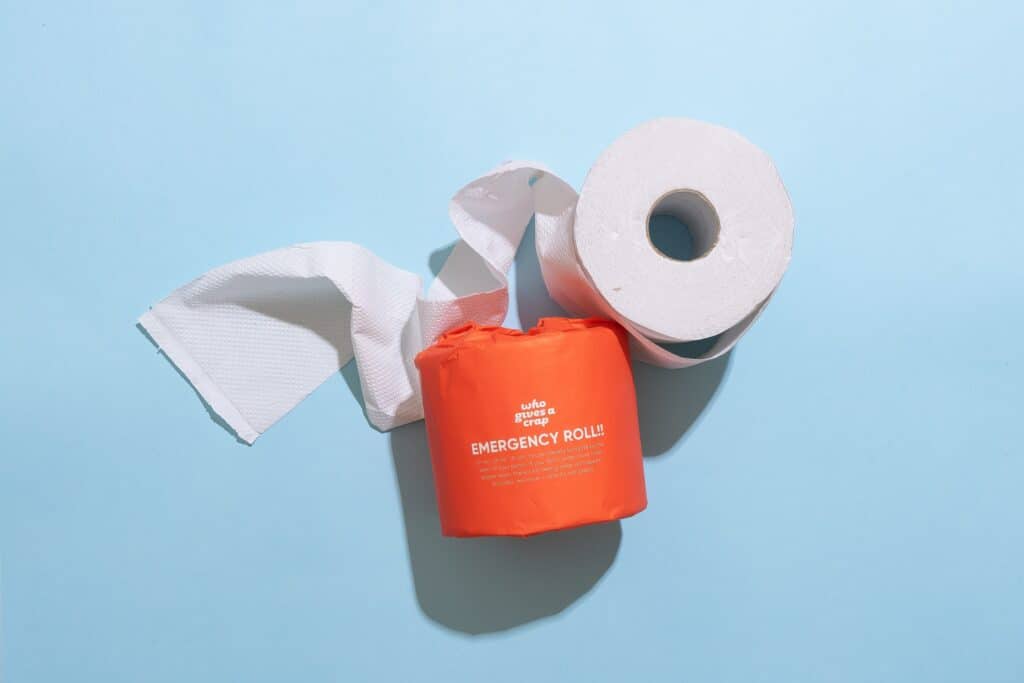

However, bamboo toilet paper has certain disadvantages. For one thing, it may be more expensive than ordinary toilet paper. Second, it’s not as strong or long-lasting as regular toilet paper.
Third, some brands of bamboo toilet paper may contain chemicals or fragrances that can be harmful to your health. So make sure to choose a brand free of chemicals and fragrances.
Are bamboo toothbrushes better for the environment?
Bamboo toothbrushes are a popular eco-friendly alternative to traditional plastic toothbrushes.
Bamboo is a sustainable and biodegradable material. Conversely, plastic toothbrushes can take hundreds of years to degrade and end up polluting our oceans and landfills.
Bamboo toothbrushes are also typically more affordable than their plastic counterparts. However, when it comes to the sustainability of the bristles, there are some concerns.
Some bamboo toothbrushes have nylon bristles made from petroleum-based materials and are not biodegradable. Others have pig hair bristles, which raises ethical concerns about the treatment of animals.
Despite these drawbacks, bamboo toothbrushes are still a more sustainable option than plastic toothbrushes and are worth considering if you’re looking to reduce your impact on the environment.
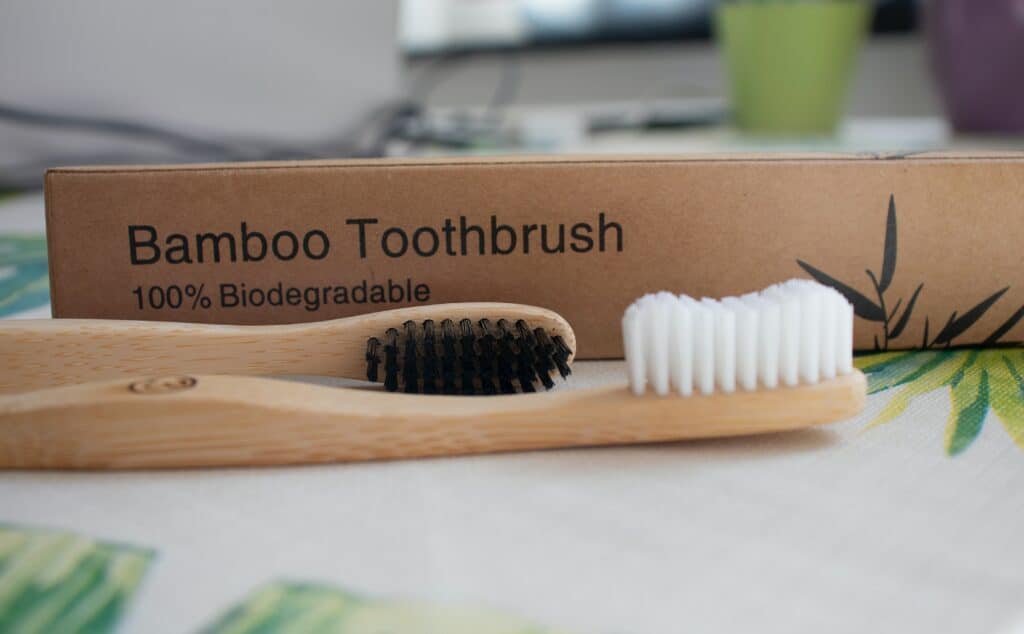

Ethical concerns about the bamboo industry
According to Trend Economy, China is the largest exporter of bamboo, with 66% of the market.
One reason for this dominance is that bamboo is most commonly and naturally grown in China. However, importers do business with China to access cheaper labour.
Despite what we may assume, the Chinese bamboo industry is providing excellent economic opportunities for workers in the countryside.
However, like any large industry, there are unethical labour practices The Burea of International Affairs has reported cases of forced and child labour issues in the Myanmar (Burma) bamboo industry. Here’s the summary from their website:
There are reports that children as young as age 10 are forced to work in the production of bamboo in Burma. According to the ILO and NGOs, forced child labor is pervasive, particularly in Karen, Shan, and Arakan States near military camps, with children constituting up to 40 percent of forced laborers being used for a variety of activities, including the production of bamboo. Some of these children are sent by their families to fulfill a mandate imposed by the military that requires each household in a village to undertake specified forced labor activities. Villagers, including children, were forced by local officials and the military to work cutting bamboo for the military camps. The forced child laborers are not paid for their work, and face physical violence or other punishment if they refuse to work.
These are alarming findings.
So while it’s difficult to know precisely how widespread forced labour is in the bamboo industry, it’s essential to be aware of the potential risks when sourcing products made from bamboo.
Before purchasing any bamboo products, research the company and make sure they have policies to ensure their workers are treated fairly and not subjected to forced labour.
Beyond forced labour, as we now know, most bamboo fabric is chemically processed. Interestingly enough, OEKO-TEX certified bamboo products don’t contain any harmful chemicals. But it doesn’t mean no chemicals were used in production – another hazard for workers and the environment.
So, is bamboo eco-friendly? Final thoughts
The answer to this question is complicated. Bamboo has a lot of great qualities that make it environmentally friendly. It grows quickly and doesn’t require fertiliser or pesticides.
However, the process of harvesting and manufacturing bamboo products can be harmful to the environment. There are also ethical concerns about the way some companies in the bamboo industry operate.
Make sure you do your research to ensure the brand you’re buying from is transparent with its supply chain.
Have you made the switch to using bamboo products? What are your thoughts on bamboo? Let me know in the comments.
[ad_2]
Source link
